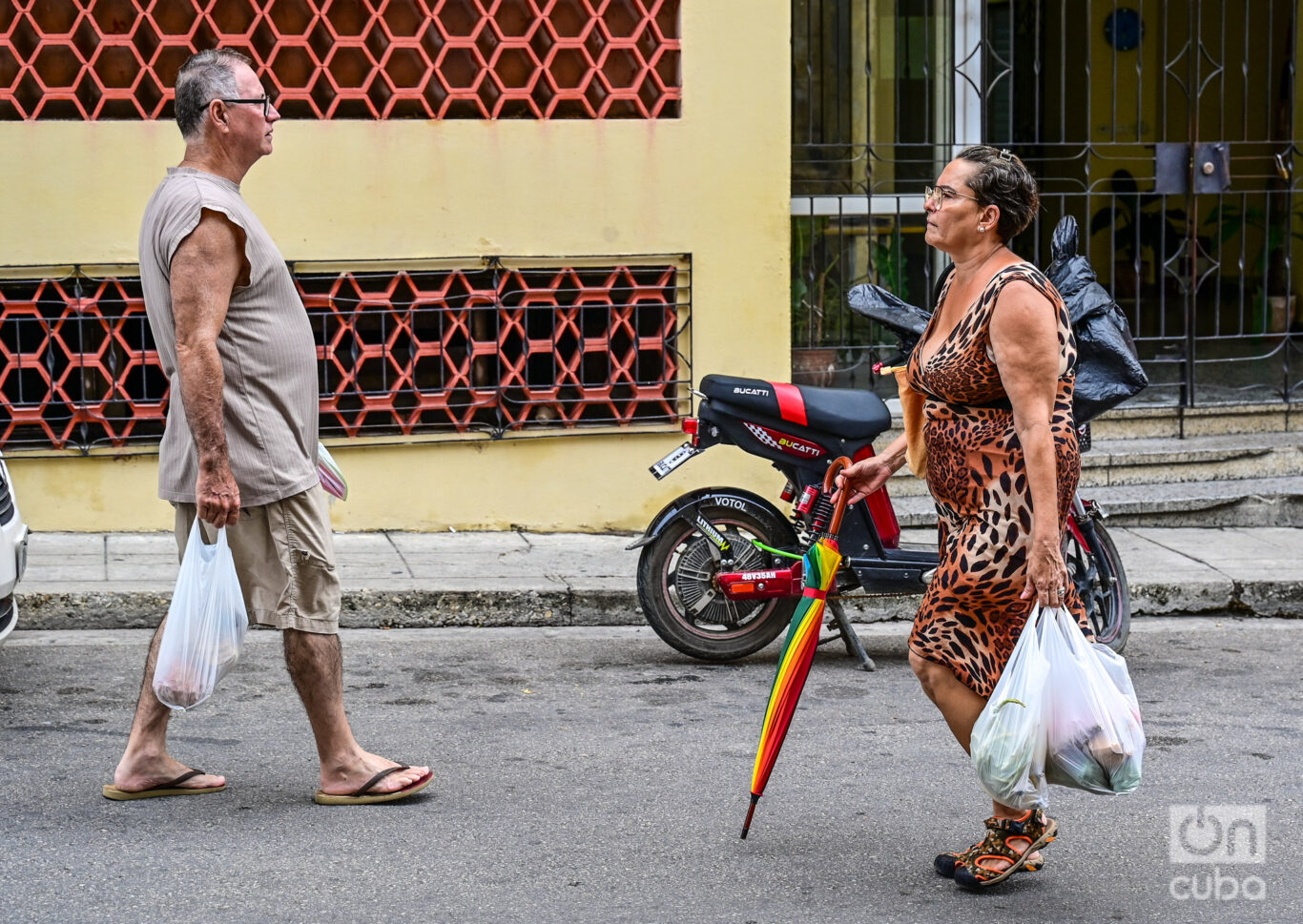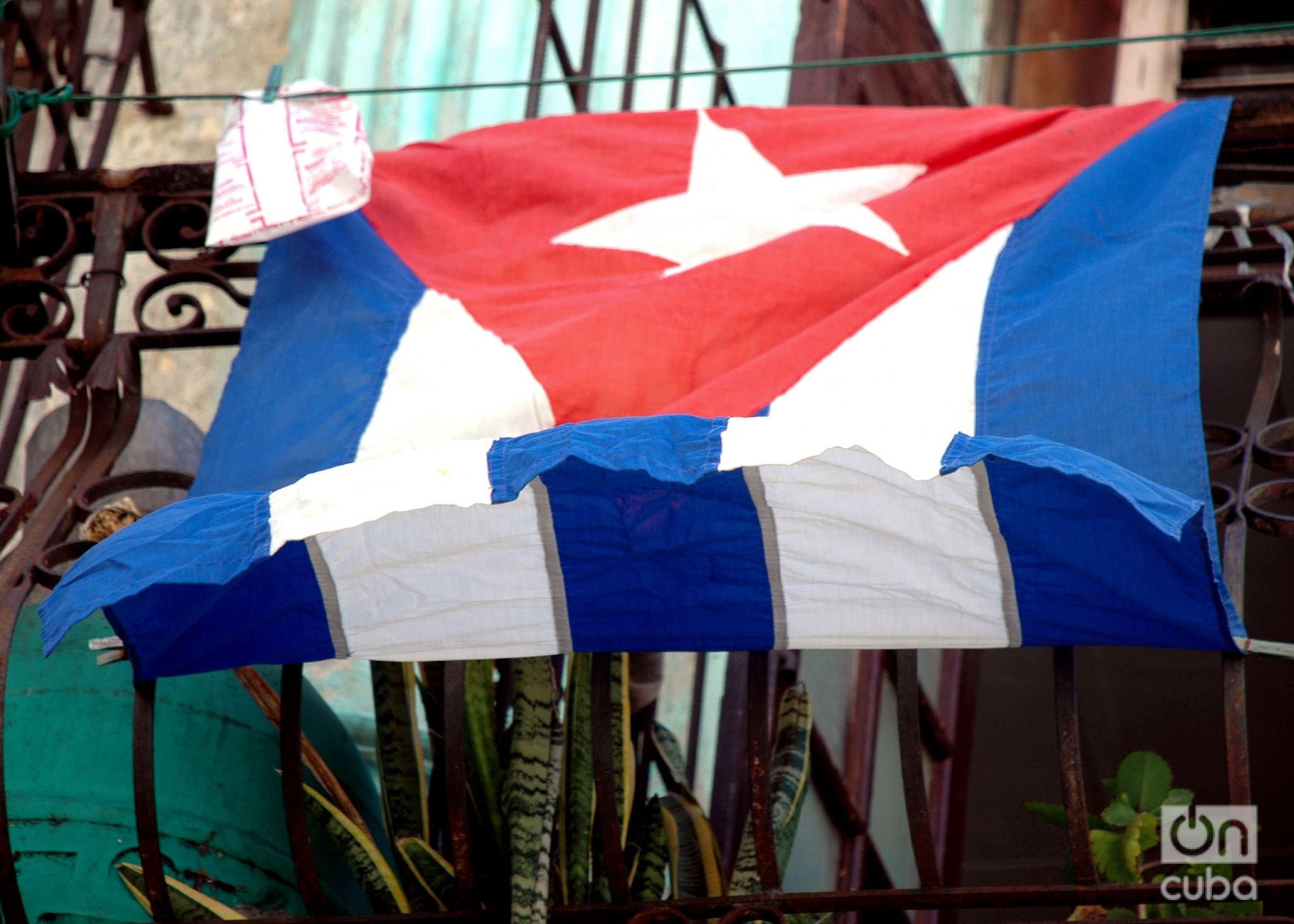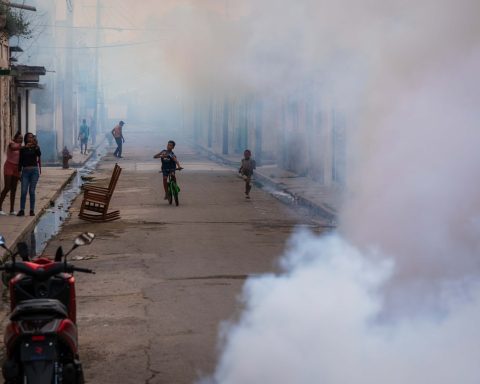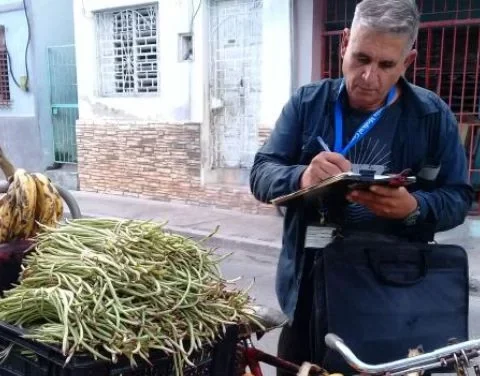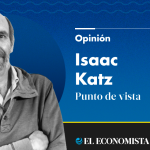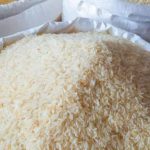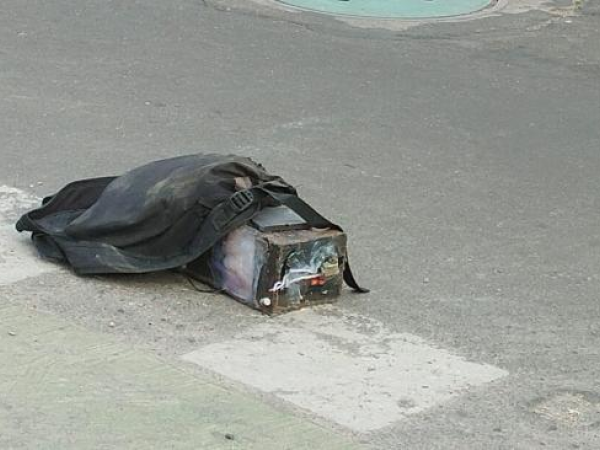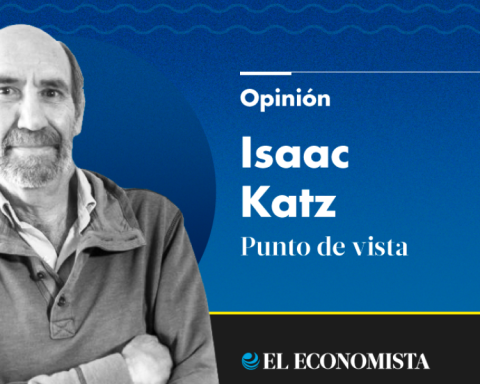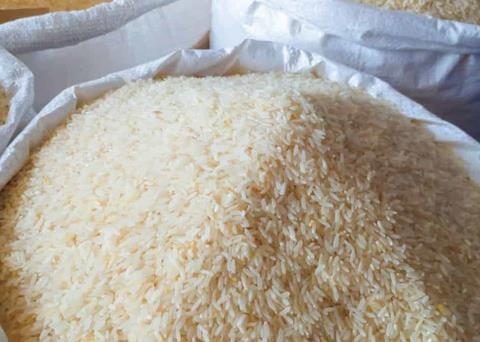My grandfather always carried three things in the back pocket of his pants: a wallet, a handkerchief, and a little bag! He used to say that the wallet and the handkerchief were dispensable, but the little nylon bag, the one that in Pinar del Río they called “chillona” and in Holguín “cubalse,” was an appendage of the Cuban. He joked saying: “There are three parts of the body in any country. In Cuba there are four: head, trunk, limbs, and little bag.”
The old man’s joke was right. In Cuba, the bags that almost anywhere else in the world give you to temporarily carry a purchase are a precious commodity. More than one person in my family asks for more when lending a bag than when lending money.
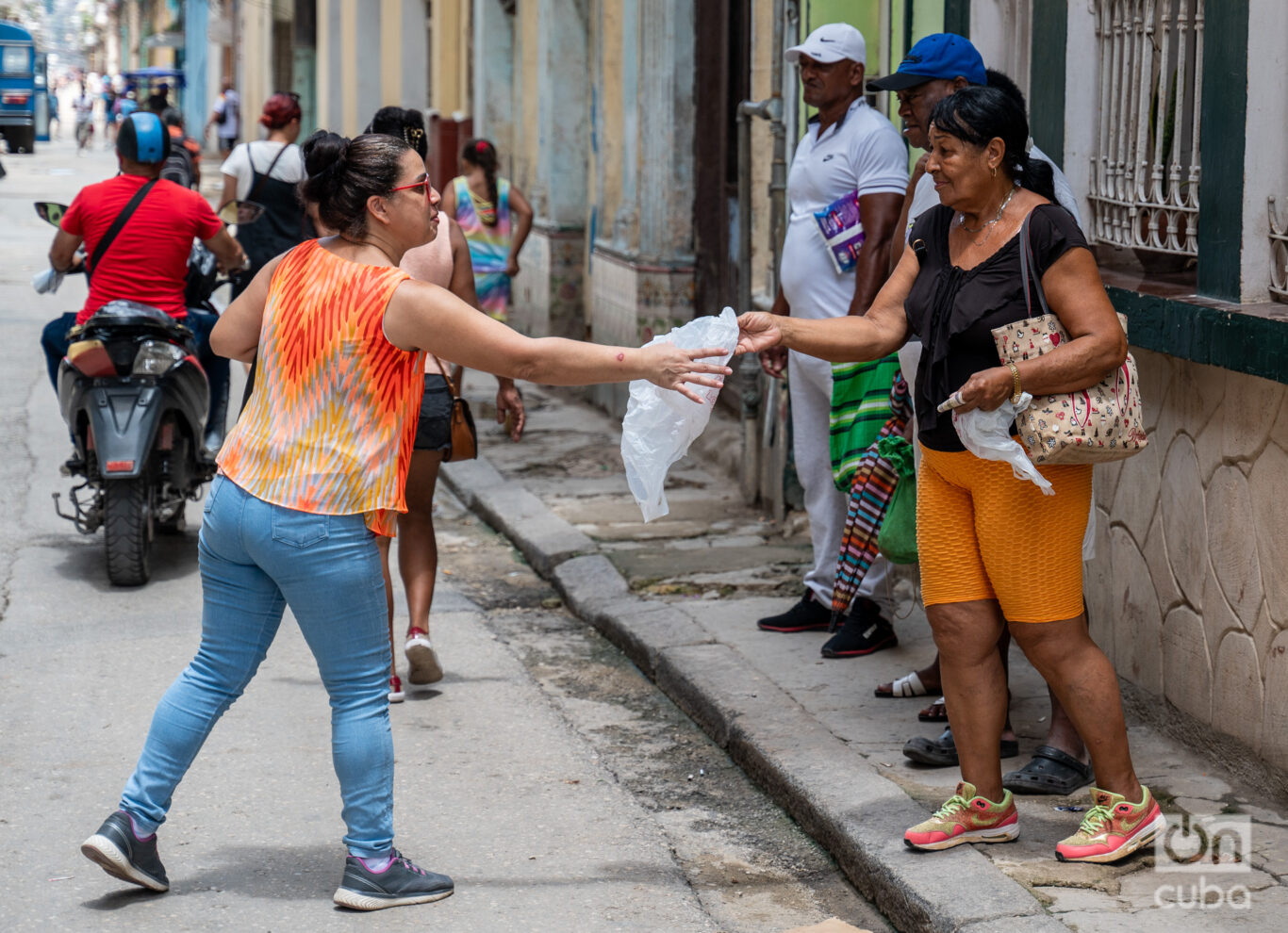

According to my aunts, who have seen many things happen in life, this custom became established in the 90s, during the Special Period. Before, in any local shop you would be given one or, in the grocery store, when you took out the groceries, you would buy the famous cartridges.
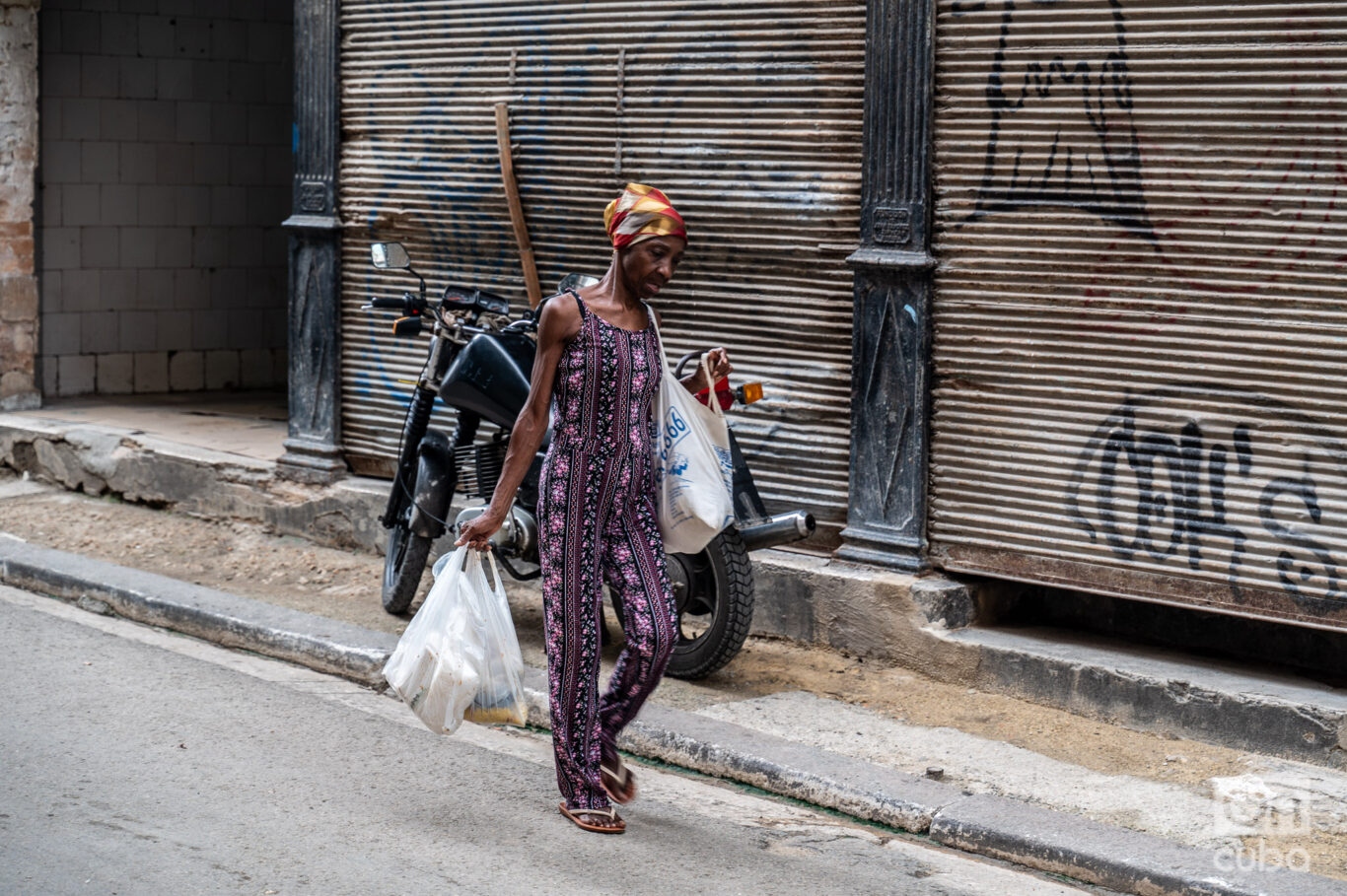
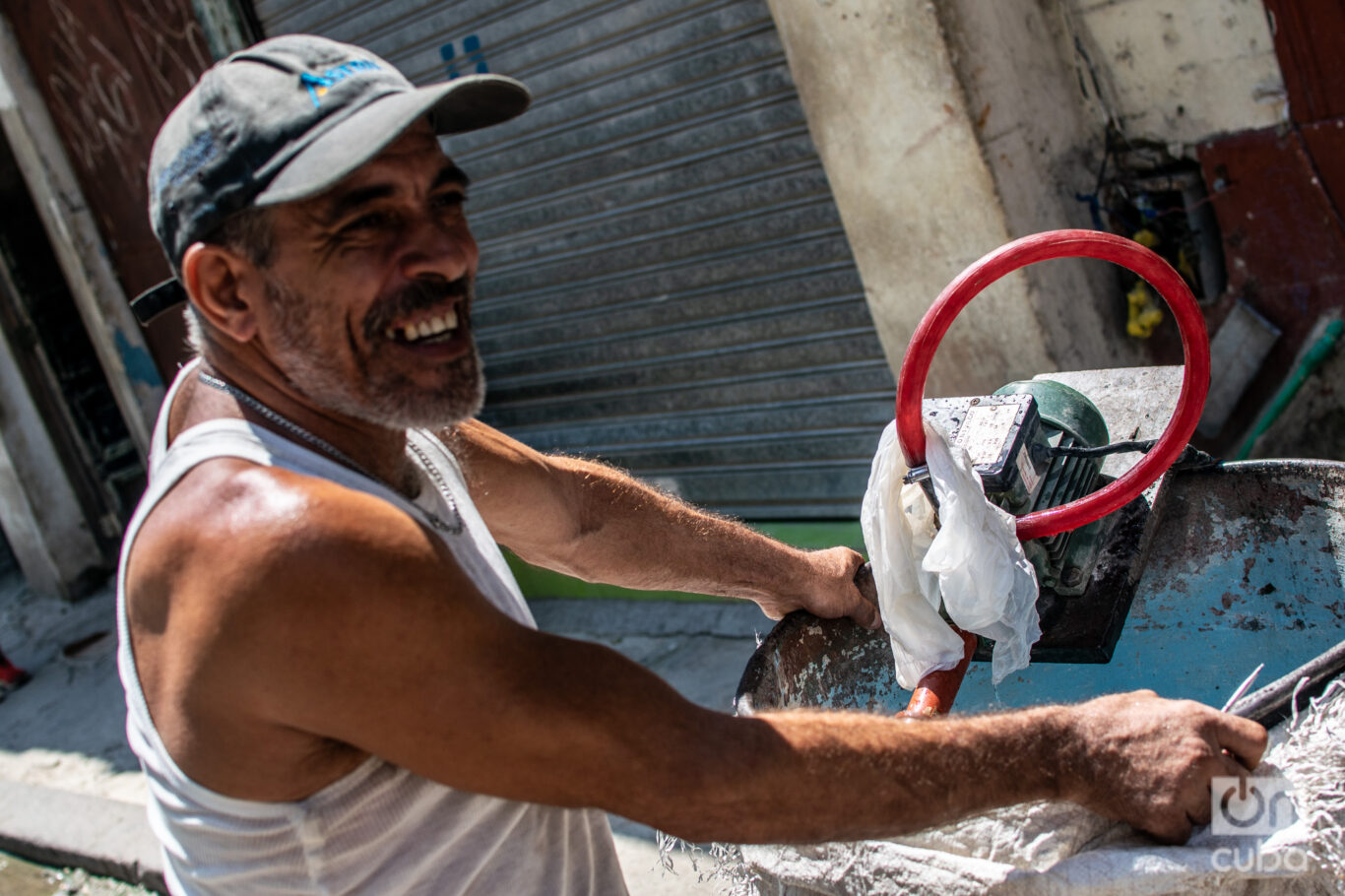
Three decades later, it is common to find people carrying and storing small bags in any part of Cuba. They are part of an urban choreography of those who fight the same battle: overcoming difficulties. In these bags, Cubans carry everything from basic necessities to various items. And, more than just containers, they are symbols of the daily struggle.
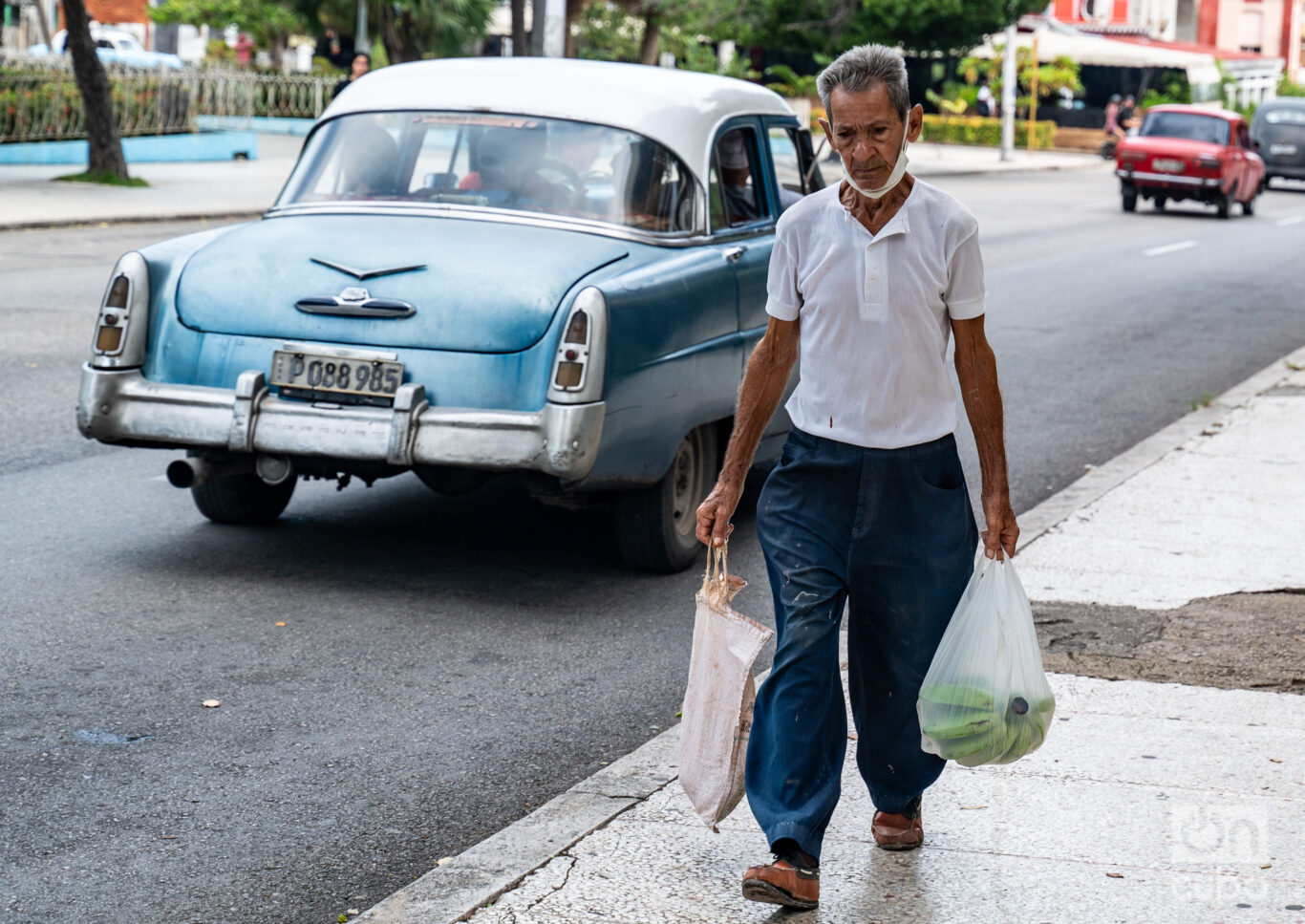
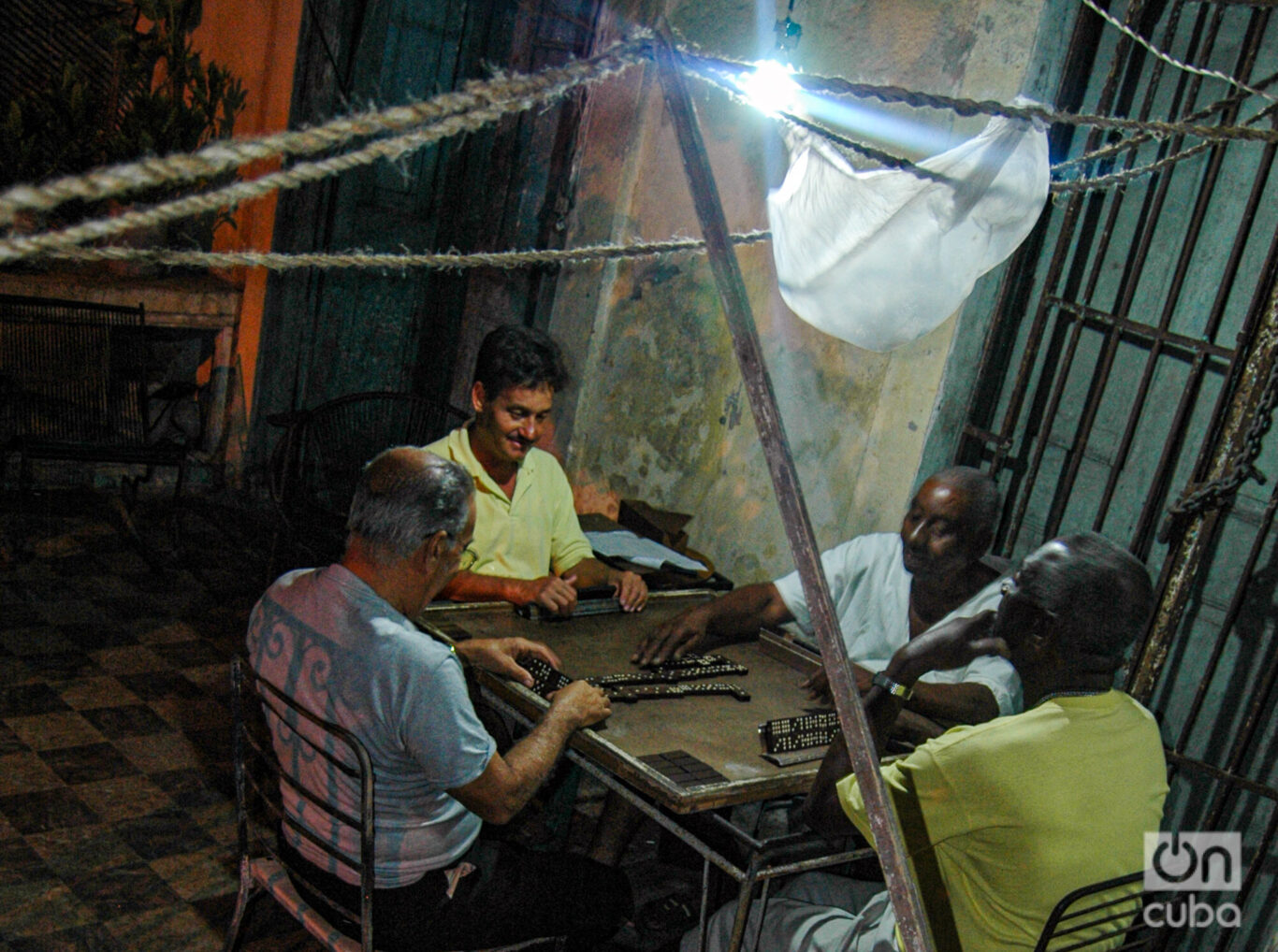
In many countries, many supermarkets and shops have adopted strict policies to reduce their environmental impact, and promote sustainable alternatives such as reusable or biodegradable bags. In Cuba, the economic situation requires a different approach, although reusable bags made of jute, cloth and other materials have been used for years.
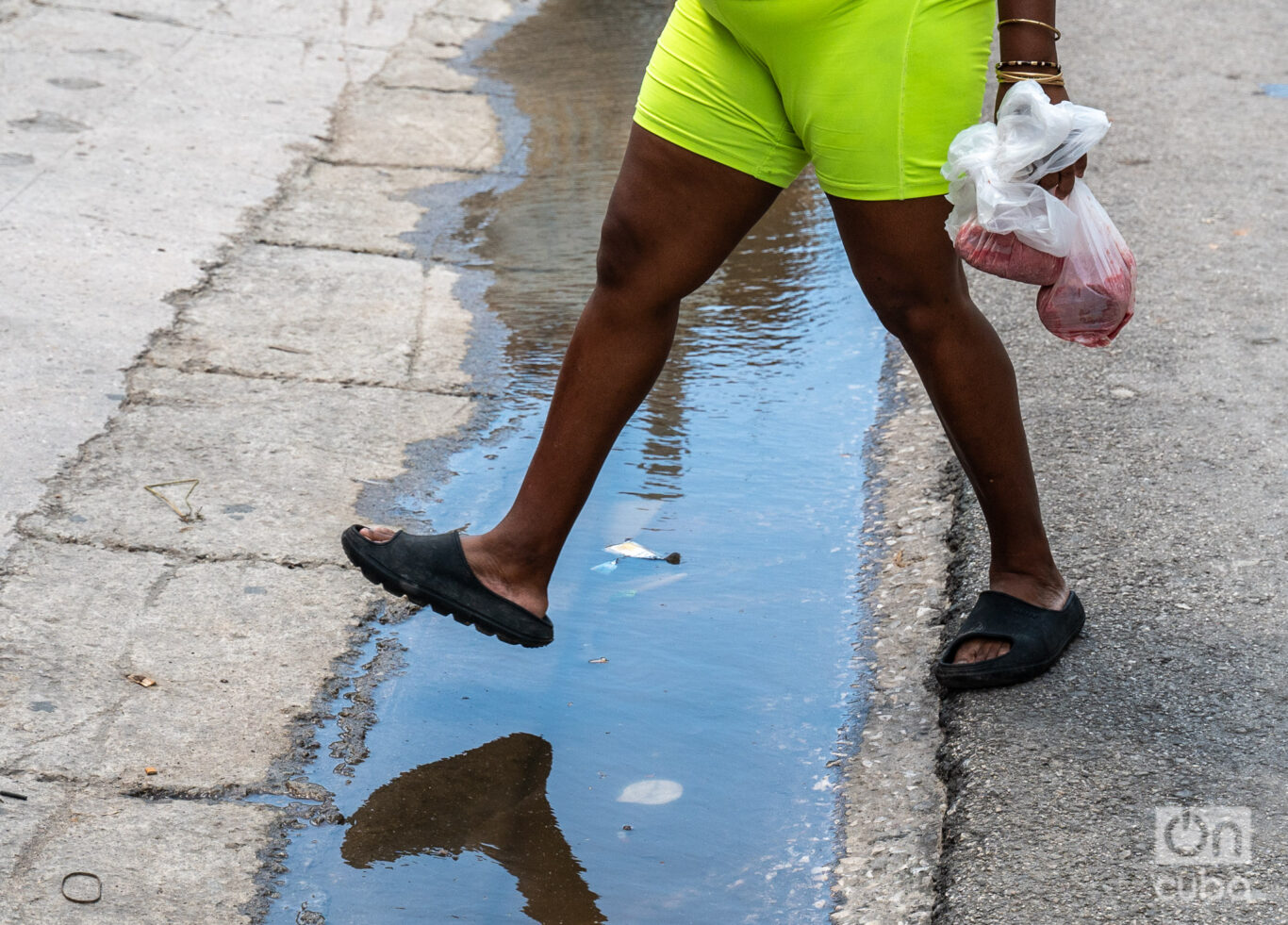
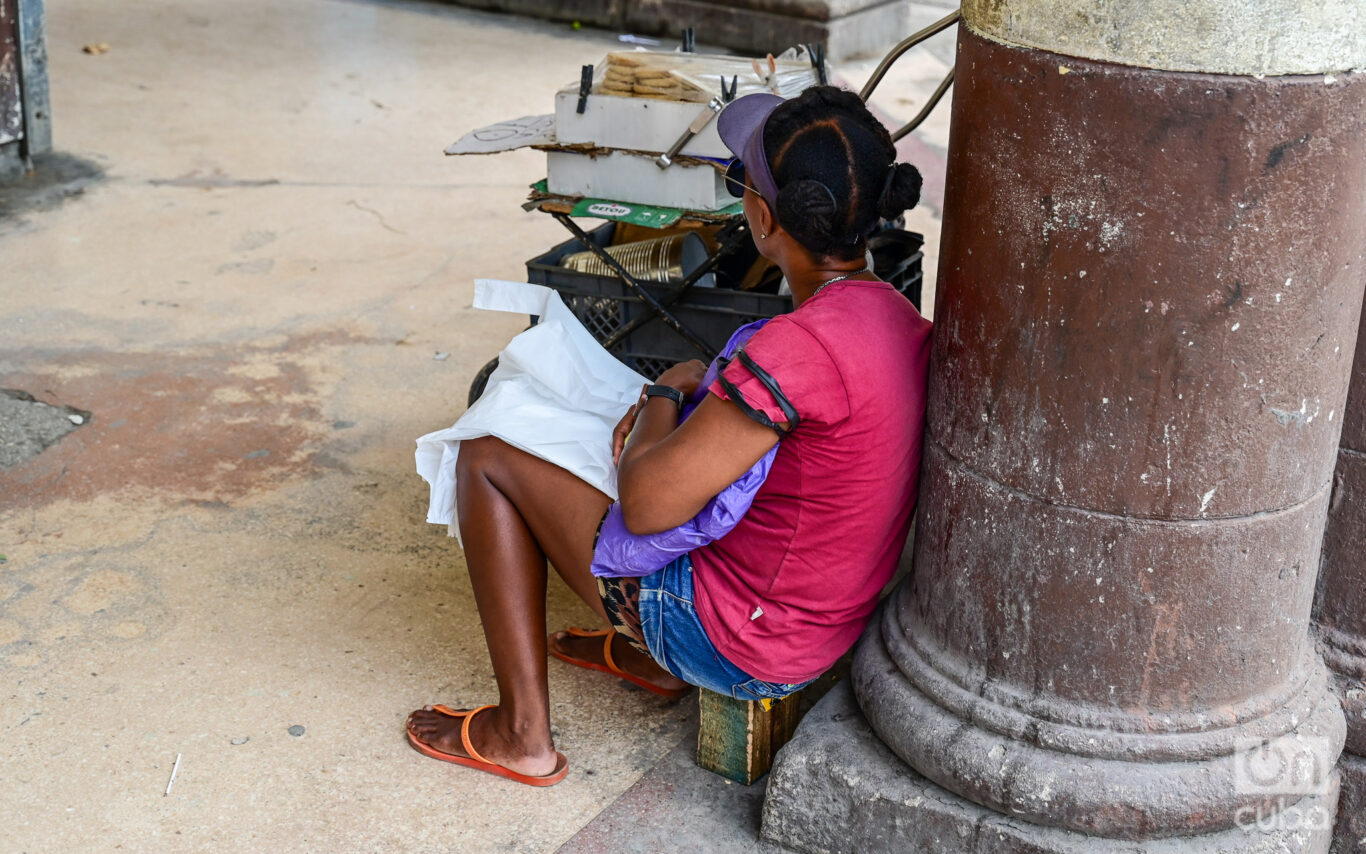
However, plastic bags remain an ever-present presence in Cubans’ daily lives. And they will continue to be. These little bags are relied upon not only for carrying purchases, but also for countless other uses on the street or at home.
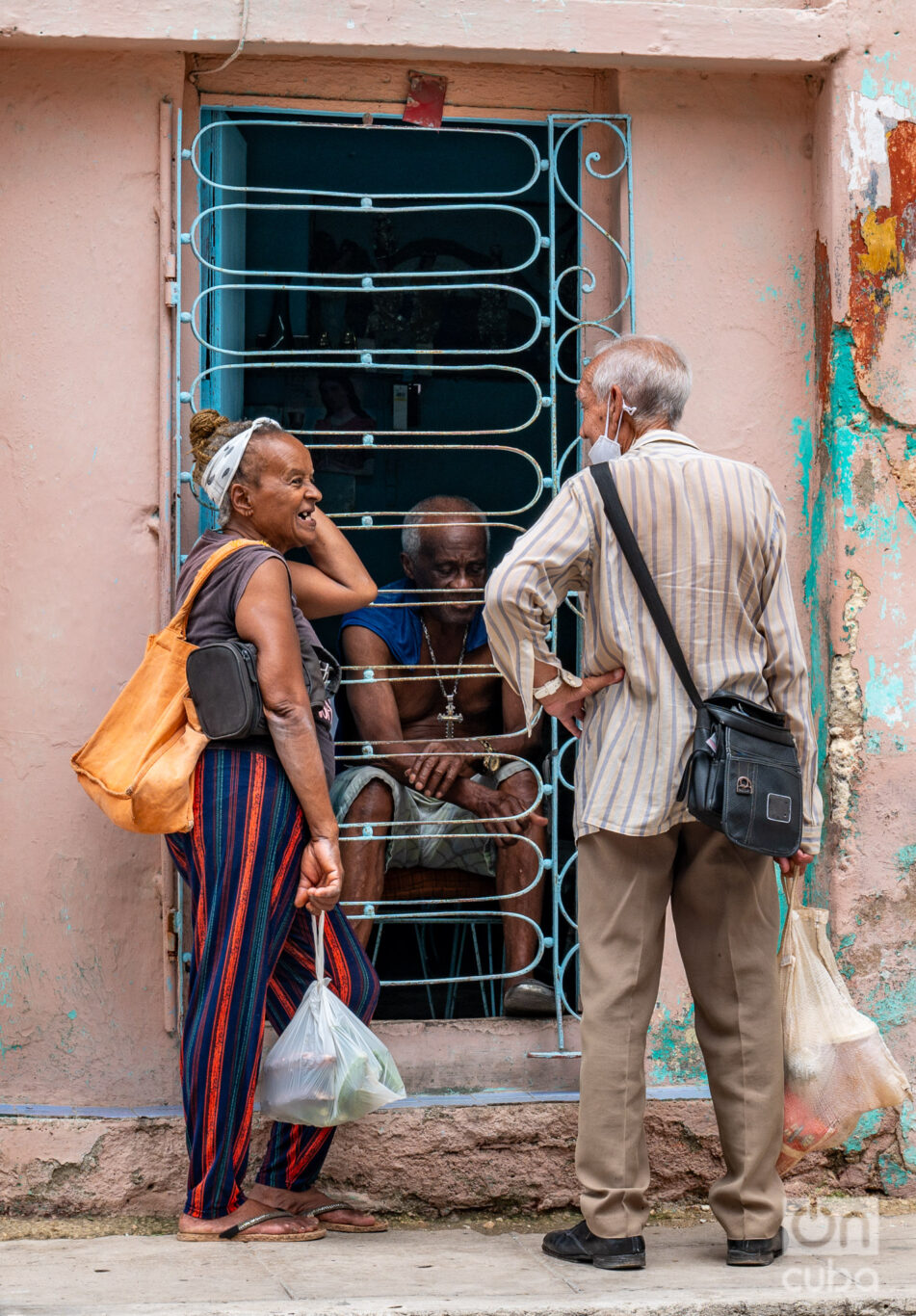
This widespread use of plastic bags reflects both economic necessity and a lack of viable alternatives, highlighting the gap between global environmental aspirations and local reality; although the fact that in Cuba they are kept as long as they last, through several washes, makes them a kind of hybrid. They are not ecological in themselves, but they do not receive the unique use for which they were conceived.

Nylon bags, far from being disposable, are reused and recycled on the island until they are exhausted. One that was originally a plastic yogurt bag is used to store chicken pieces in the freezer. Another, the most carefully kept, is used for our daily bread. If it rains, the bag is transformed into an improvised cape that will cover at least the head.
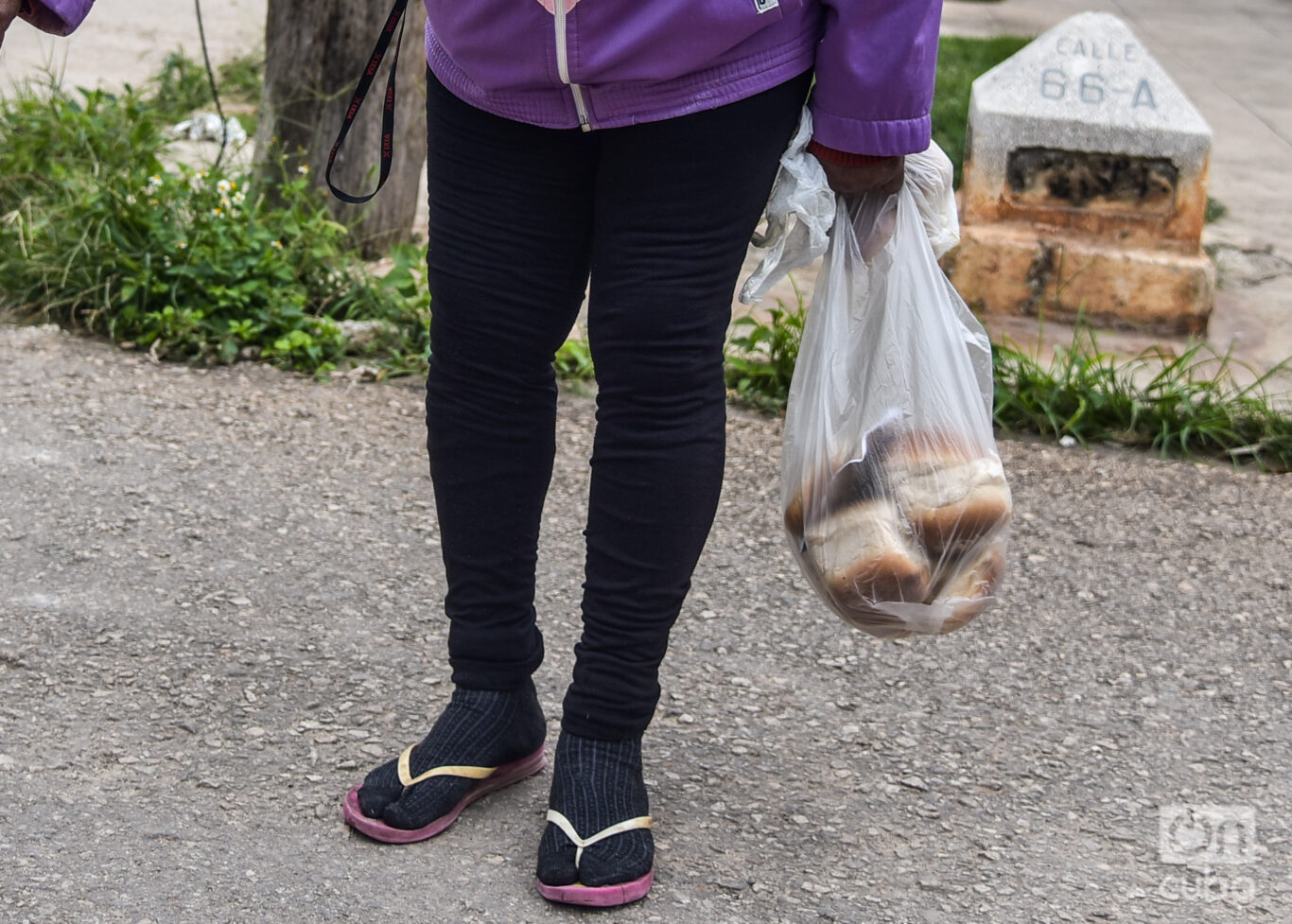


Those that break are not thrown away because they are used to cover leaks in a hose or pipe, replacing TeflonAnd there are those intended to collect domestic waste, which then floods the corners, overflowing the garbage containers and forming mountains full of white.
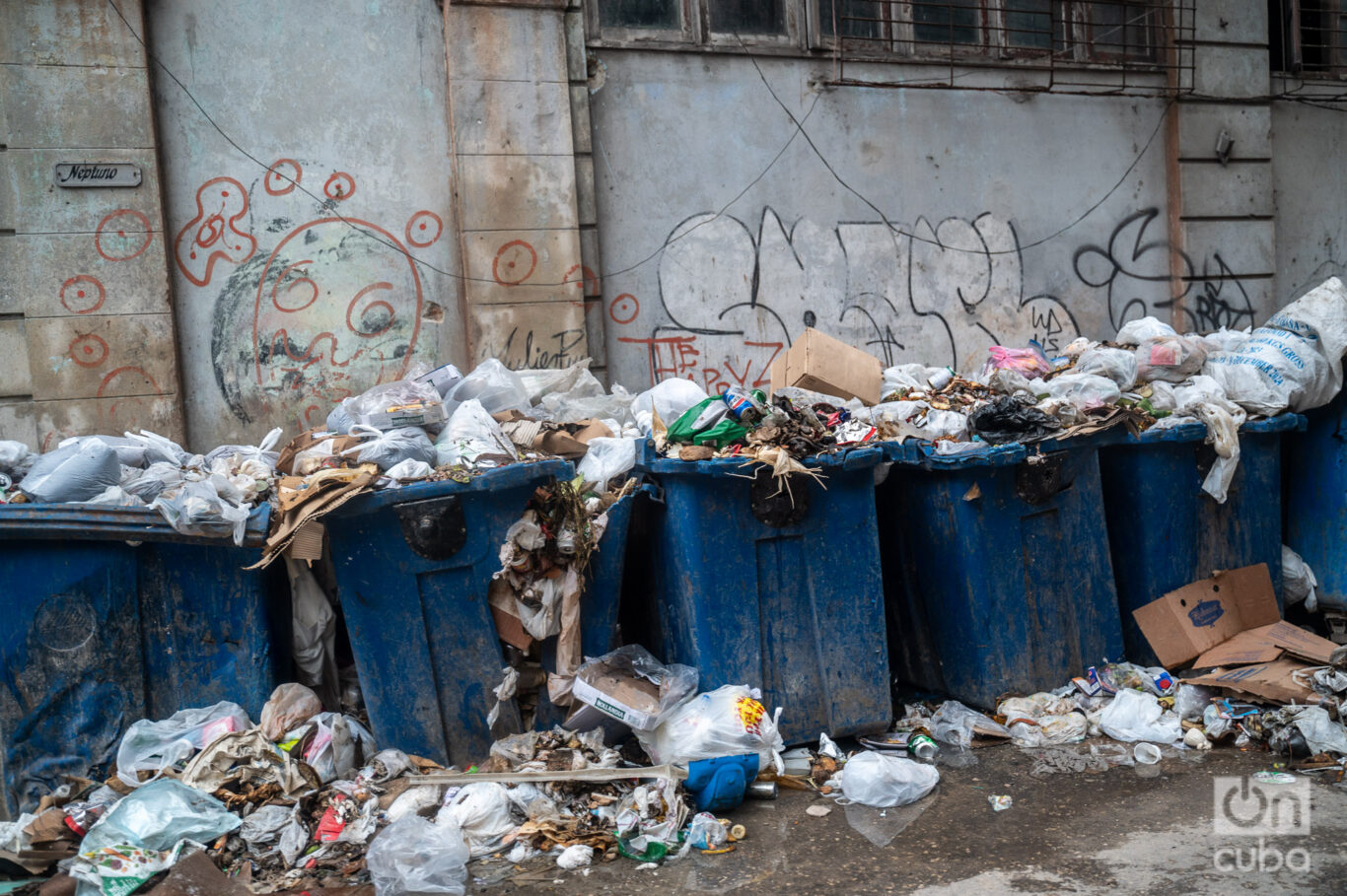
The bag deserves its own monument. It represents the constant effort to find and bring home what is necessary to survive in a country where scarcity and searching mark the rhythm of each day.
